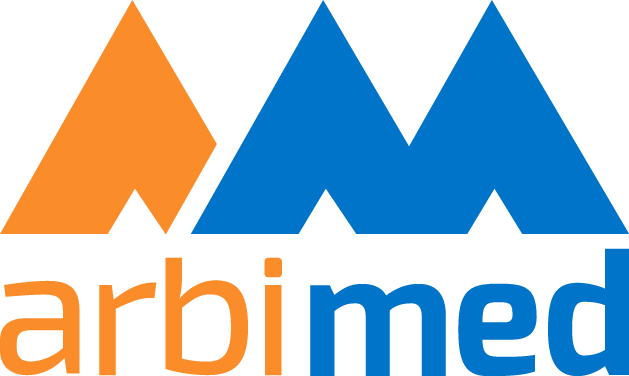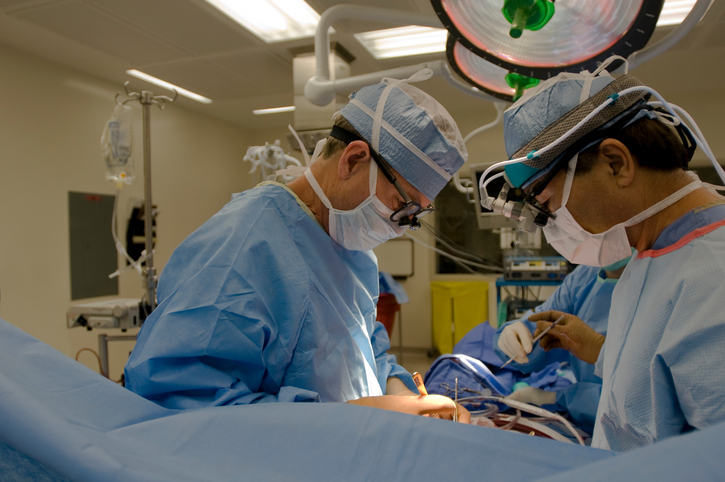Case Costing in Surgery Centers
Keeping a tight rein on costs and managing operational efficiency are the hallmarks of every successful surgical center. Case costing analysis, which captures both the costs of supplies used as well as any indirect costs rolled into the surgery as well, will help any surgery center gain a far firmer handle on their spending without compromising patient care.
Determining what those indirect costs are can be a challenge, but understanding exactly which resources go into delivering care can be invaluable. In essence, case costing helps surgical centers determine exactly what is common for patients undergoing the same procedure and streamline operations accordingly.
What Is Case Costing?
Case costing analyzes the costs associated with a specific surgical procedure or case. All of the resources used in a procedure are identified and analyzed, from the surgical supplies to anesthesia, nursing care, facility costs, and drugs down to the booties patients wear on their feet and the table cover used in the operating room. Each item is tracked for each patient, and a monetary value is assigned to each resource. Cost comparisons are shared with the surgeons on staff to help them better understand the expenses.
The goal of case costing analysis is to accurately determine the true cost of each surgical case, which can help the center better understand its expenses, identify areas for cost savings, and negotiate more effectively with insurers and payers. Case costing analysis can also be incredibly valuable to ambulatory surgery centers that want to better understand and evaluate the profitability of different types of procedures so that they can make informed decisions about pricing and resource allocation.
How To Perform a Case Costing Analysis
Performing a case costing analysis can be a complex and time-consuming process and may require outside assistance, either through software built for the purpose or by using a medical cost consulting firm.
Identify the Parameters
Start by identifying the particular procedure or case to analyze. Next, determine the time period to focus on in analyzing the costs of the case, e.g., a month or a year.
Identifying the Resources Used
The primary benefit of case costing is knowing which items are actually used in a procedure and how many of them are needed. This places the surgical center in a stronger position to drive better pricing and educates the surgical staff at the same time. During this stage, the operations manager or cost consultant will identify the supply and overhead cost per case and assign a monetary value based on the actual cost.
Supply Costs
A clear understanding of supply costs starts with a complete inventory audit and logging correct and detailed information in the inventory management system, including unit measure, unit price, dosage, and other details. Every single item must be listed, from sterile gauze sponges to IV-administered pain relief. Once the audit has been completed, the physician’s preference cards must be uploaded. Every item for every physician and individual case must be recorded, up-to-date, and accurate. Staff must ensure that items that are no longer in use are removed from cards to ensure that case costing is carried out correctly.
With the inventory database and preference cards in place, the information can be easily cross-referenced to accurately determine the total cost of procedures and cases.
Overhead costs
Less direct supplies like piped-in oxygen, staffing, and other overheads are far harder to track but should be included as a percentage based on surgical time. If the surgery center keeps good records, the simplest way to calculate overhead is by determining the cost of the OR per minute. Medical records should reflect case time, making it easier to determine how long an operating room was in use for each case.
Calculate the overhead by using this information with the profit and loss statement for the given month. Subtract the total cost of medical supplies from the profit and loss statement, then divide the remainder of the operating expenses by the total OR minutes for that same month to arrive at the average OR cost per minute. Multiply this number by the minutes for each individual case to arrive at the overhead cost for that case.
Analyze the data
During the final step, analyze the data to identify opportunities where costs can be cut. Once supplies and overhead data have been calculated, the amount can be compared to payer reimbursement, providing a far clear picture of profitability. Performing case costing analyses of different surgeons will also identify opportunities to save money or agree to a single vendor. Purchases can be made in larger volumes from fewer suppliers, securing better prices and higher distributions.
Final Thoughts
Case costing is an important tool in healthcare management used to evaluate the cost of providing care to patients. It is a process that involves analyzing the expenses incurred during a patient’s stay in a healthcare facility, including the direct costs associated with medical treatment, as well as indirect costs such as administrative expenses. The purpose of case costing is to provide healthcare managers with an accurate and detailed understanding of the costs associated with patient care, which can then be used to identify areas for improvement and optimize resource allocation.
Performing more cases doesn’t always mean an ambulatory surgery center will make more money. Unpaid claims, suboptimal billing processes, poor planning, and waste can impact revenue gains. And if the total cost of a procedure exceeds reimbursement, the center will end up in the red.
Case costing will ensure that your center is getting paid enough for each procedure by ensuring that enough reimbursement is received to cover overheads, supplies, time spent in the OR, staffing, and utilities. Case costing will help the center determine the exact expenses attached to each case so that adjustments can be made to improve profitability and maximize revenue.


